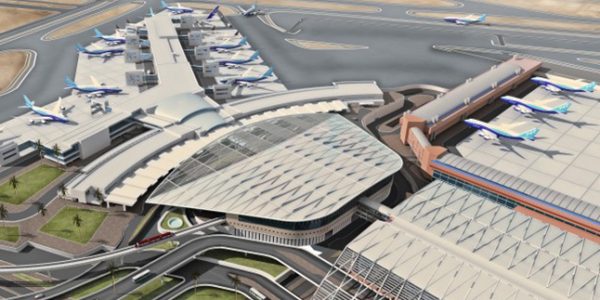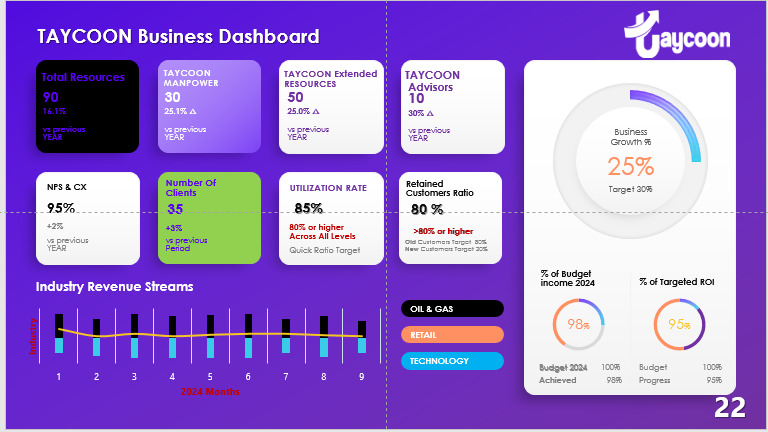Project Orchestration & Claim Cases

List Of Projects
Case Study (1): Integrity in Action – Project Delivery in Adverse Conditions
Project Title: Boundary Wall Construction for a Commercial Site
1-1) Overview:
A commercial client needed a durable boundary wall to ensure security and sound mitigation, with tight deadlines and challenging site conditions.
1-2) Challenge:
Unforeseen geological issues that threatened project timelines and budget.
1-3) Solution:
Emphasized integrity by transparently communicating challenges with the client and providing alternative solutions such as precast sound walls. Adopted a proactive approach to maintain quality and safety standards.
1-4) Outcome:
Despite initial challenges, the project was completed on time and within budget. The client’s trust in our integrity led to a repeat contract for future construction projects.
Case Study (2): Innovative Precast Solutions for Urban Development
Project Title: Urban Residential Complex – Innovative Precast Structures
2-1) Overview:
A high-rise residential complex in a bustling urban center required quick construction timelines and sustainable design practices due to the growing demand for housing.
2-2) Challenge:
Short construction timelines and the need for environmentally friendly solutions.
2-3) Solution:
Utilized load-bearing precast walls and precast stairs to streamline construction while adhering to sustainable practices. Conducted research and development to implement energy-efficient materials.
2-4) Outcome:
The project was completed 20% ahead of schedule, with a reduced carbon footprint. Client satisfaction ratings reached 95%, highlighting our commitment to customer focus and innovation.
Case Study (3) : Championing Community Engagement through Sustainable Practices
Project Title: Precast Infrastructure for Local Community Park
3-1) Overview:
Collaboration with local authorities to develop a community park that required sustainable infrastructure.
3-2) Challenge:
Need for environmentally friendly materials and minimal disruption to the community during installation.
3-3) Solution:
Implemented precast manhole solutions and precast security blocks that were not only sustainable but also easy to install, reducing community disruption. Engaged with local residents to ensure end-user satisfaction.
3-4) Outcome:
The project not only met ecological standards but also received accolades from the local community for promoting local engagement and sustainability. It fostered further partnerships for future community development initiatives.

1) Payment claims
2) Change-in-scope claims
3) Delay claims
A frequent dispute in construction projects arises from cash flow issues, particularly when the owner fails to make timely payments to the prime contractor, or when the prime contractor does not pay subcontractors promptly.
There are numerous disagreements regarding the scope of work for which the contractor is accountable. If the contractor is asked to carry out tasks that were not included in the original contract, they should be compensated for that additional work. The owner’s refusal to pay for such work could constitute a breach of contract.
If a project experiences delays beyond the contractor’s control due to unforeseen circumstances, the contractor may be entitled to submit a delay claim to the owner. Common damages associated with delay claims encompass extended general conditions, overhead costs from the home office, and financing expenses.
4) Disruption claims
5. Acceleration claims
6. Termination claims
A disruption claim differs from a delay claim in that it does not require the contractor to demonstrate that their work was extended. Instead, the contractor must establish that an unforeseen event at the project site affected their work, resulting in decreased efficiency compared to initial expectations.
If a contractor is entitled to extra time to finish a project but the owner denies this request, the contractor may have grounds for an acceleration claim. Essentially, the owner is compelling the contractor to allocate extra labor and resources to expedite the work and meet the original completion deadline. Consequently, the contractor may be entitled to additional compensation for the accelerated pace of their work. For further details on acceleration claims,
If a contractor commits a substantial breach of contract—such as
- failing to complete a project on schedule—the owner may have the right to terminate the contract. Similarly, a prime contractor can terminate the contract with a lower-tier subcontractor under similar circumstances.
- It is essential that the contract termination is grounded in valid reasoning and supported by strong evidence, typically indicating that the contractor’s breach is significant.
- If it is determined that the termination was unjustified, the terminated contractor may be entitled to reimbursement for any unpaid labor, equipment, and material costs incurred.
CIA-TB3 Project
Shared Experiences in Project management through World Bank (WB), during development Of TB3 Project which amounted whole project USD$600Mil. @2010
Significant claims has been resolved through Project committee (PMU-PM & Contractor ‘TUV” & ECG As Main PM

Project Management Solutions
By utilizing project management methodologies such as [Waterfall and Agile] , tailored to the nature and requirements of each project, we aim to deliver customized and compatible solutions that empower our customers to achieve their objectives.
Examples
- Petroleum Operation Manual (Financial Controls/Audit)
- Projects Construction Claims (Egypt , OMAN)
- Healthcare Technology Transformation

Feasibility Studies For Manufacturing Business
A thorough feasibility study provides valuable insights that help to gauge the potential success of a manufacturing business. It minimizes risk by ensuring that decisions are based on detailed evidence and careful analysis. Make sure to involve stakeholders and subject matter experts to enrich and validate your study.
- Executive Summary.
- Market Research.
- Technical Feasibility.
- Operational Feasibility.
- Financial Feasibility.
- Risk Analysis:
- Conclusion: Summarize the feasibility
- Appendix:
Business Dashboard
A business dashboard is a visual representation of key performance indicators (KPIs) and metrics that helps executives, managers, and stakeholders make informed decisions.
A business dashboard typically includes a variety of elements, such
- KPIs: Key performance indicators that measure the success of the business, such as revenue, profit, customer satisfaction, and employee productivity.
- Metrics: Quantifiable values that are used to measure the performance of the business, such as sales growth, inventory turnover, and customer retention rates.
- Data visualization: Graphs, charts, and tables that display the data in a clear and easy-to-understand format.
- Alerts: Notifications that alert users to changes in the data or potential issues that require attention.
- Drill-down capabilities: The ability to drill down into specific data points to gain more detailed information.

Five Years Business
The plan is a detailed document that outlines a company’s goals, strategies, and actions for the next five years.
It includes various sections such as an executive summary, company description, market analysis, and financial projections. The plan should also include key elements such as clear goals, detailed market analysis, competitive strategy, and monitoring and evaluation. {Revenue Stream | Income Statement | Investment Funding Mechanism | Manpower Forecast | Energy & Material Planning Forecast}


Pricing Info graph
- Profitability | GP %
- Vendor Management
- Market Positioning
- Customer`s Preferences (Price Driven, Quality Driven – Discount Driven – Etc)

